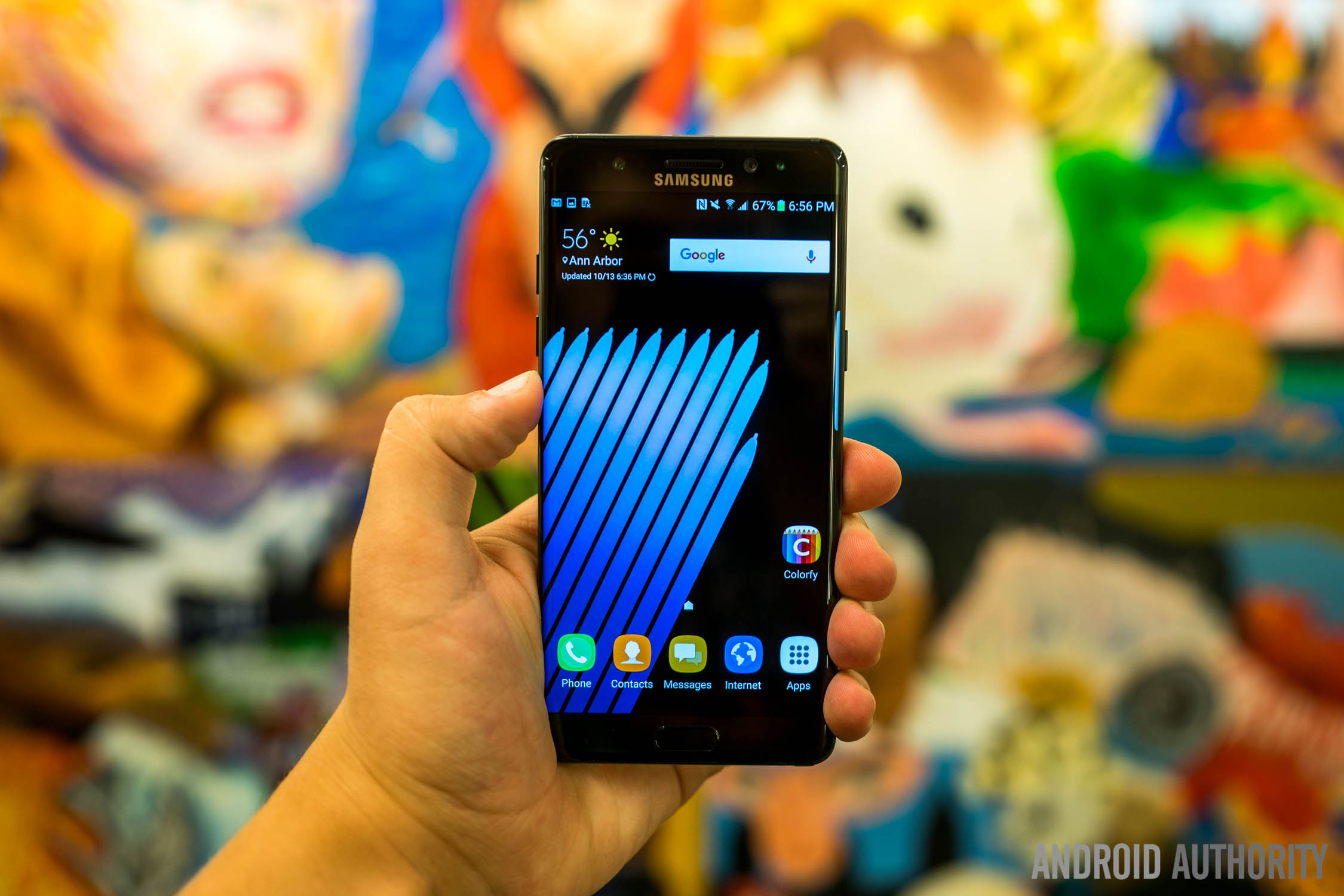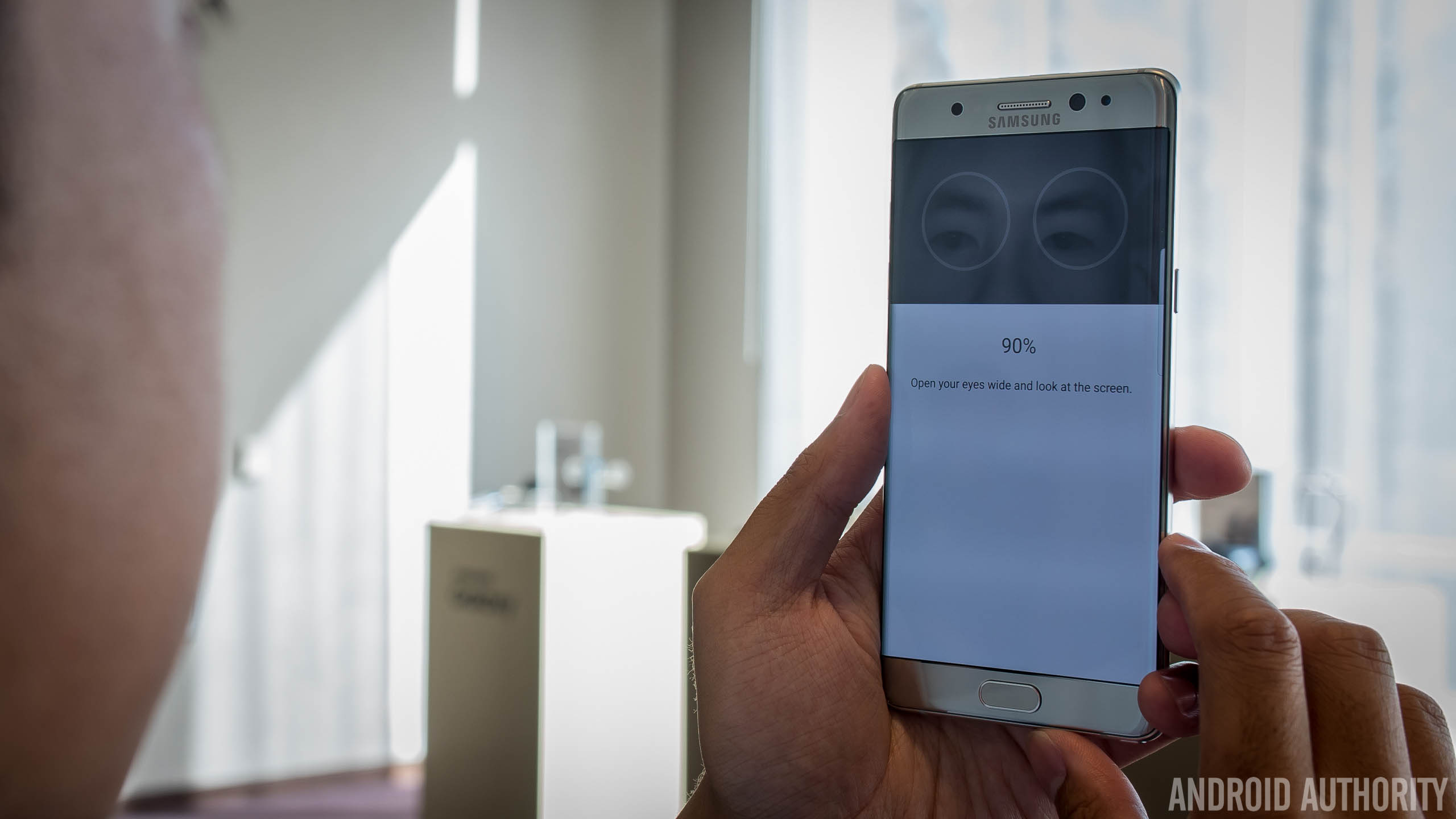Affiliate links on Android Authority may earn us a commission. Learn more.
2-in-1 iris scanner and camera modules could accelerate mid-range adoption
Published onAugust 26, 2016

The inclusion of iris scanning technology inside Samsung’s Galaxy Note 7 sets a another new standard for smartphone security. However, like all new developments, it’s not cheap to implement and will take a while to trickle down to lower cost models.
This is partly because a front facing camera component is used along side a separate chip for authenticating the scanned iris against registered copies, requiring the purchase of multiple components. Combining these two essential features on to a single chip would help handset manufacturers save on both development and components costs, allowing them to bring iris scanning technology to lower cost smartphone models. Fortunately this is exactly what Dongwoon Anatech Co. Ltd. has achieved.
“Integrated modules can reduce cost and it is more advantageous from a design perspective since it takes up lesser space within a smartphone .. It is predicted that camera modules with IR filters will become a trend for iris authentication solution in the future.” – Dongwoon President Kim Dong-cheol.

The company has announced the development of an infrared filter changer driver IC that can authenticate an iris using infrared light wavelengths rather than visible rays of light. The camera can still function as a regular selfie camera too, as the design features an actuator that raises an IR filter in front of the camera lens when scanning an eye. Japanese semiconductor has also produced a very similar chip that uses infrared technology.
The cost of production is expected to fall by around 30 percent compared with using two separate components. The company also has a similar chip design that integrates optical image stabilization into the IC, which usually multiplies costs 10 fold. Hopefully this new design can bring these high-quality components to the market at reduced costs as well.

Who knows, we might see a lot more smartphones boasting iris scanning technology in the next year or so, and they might not all come with flagship price tags either.